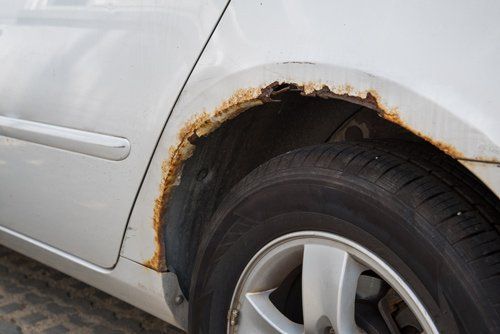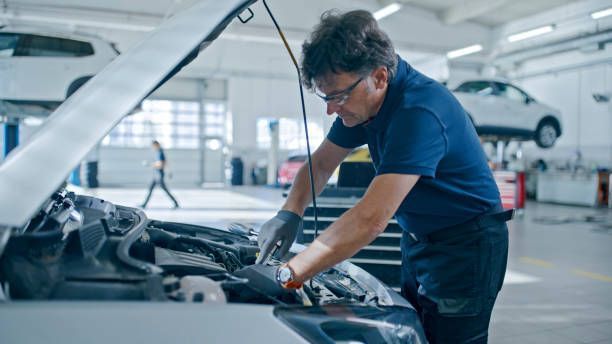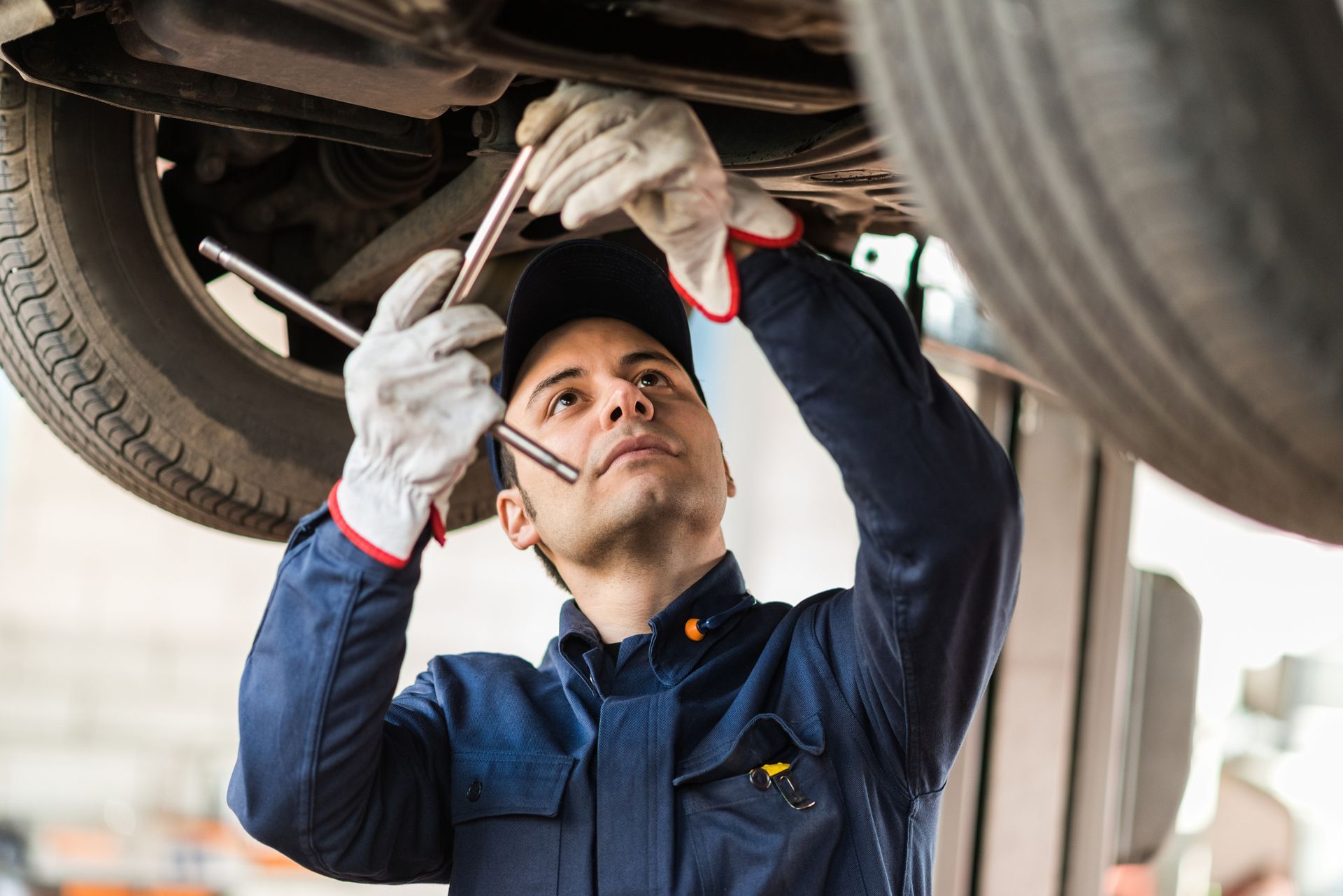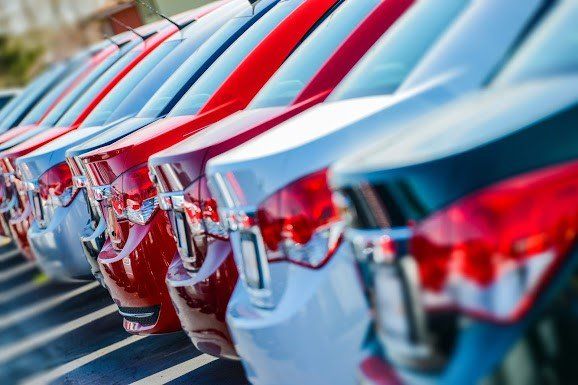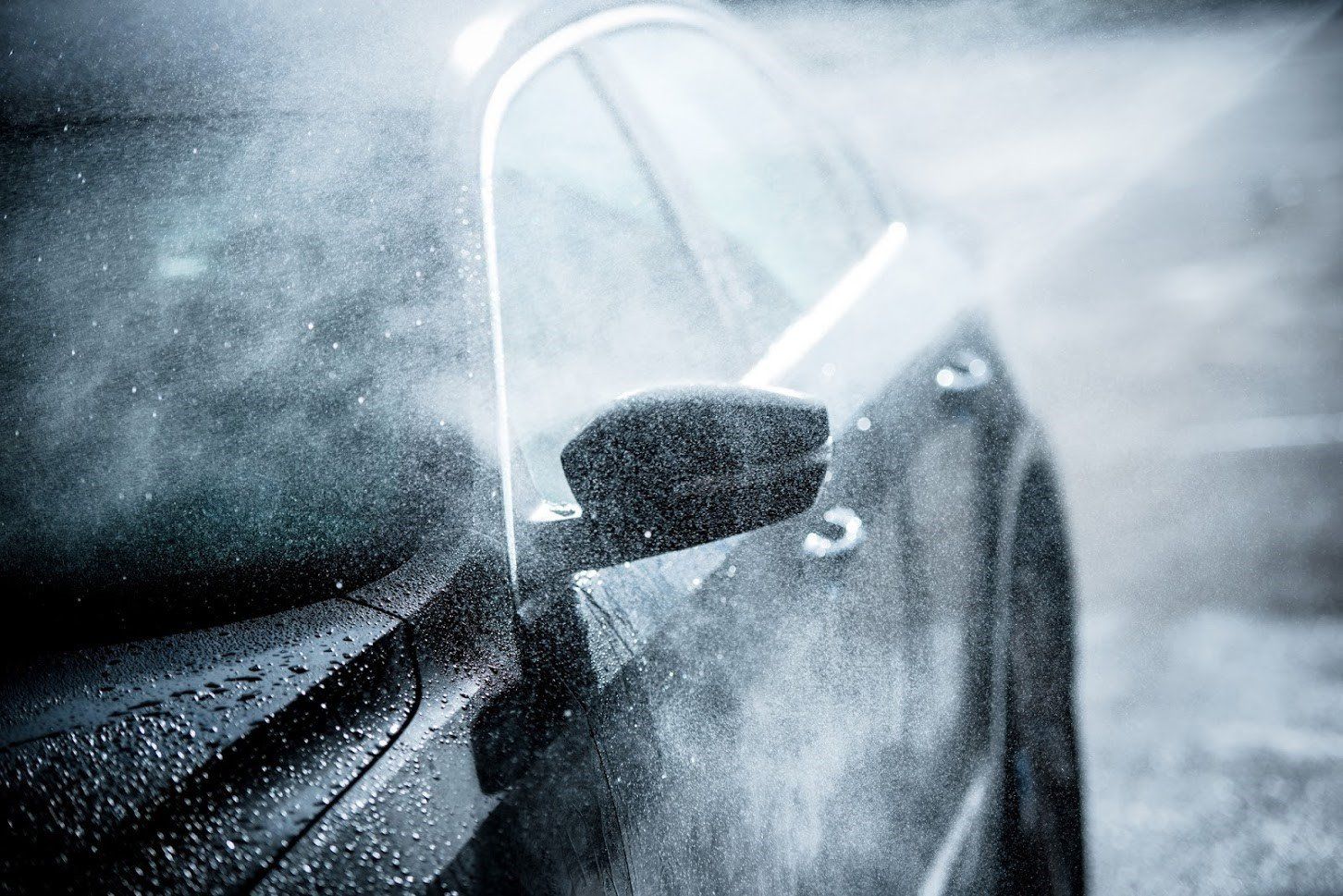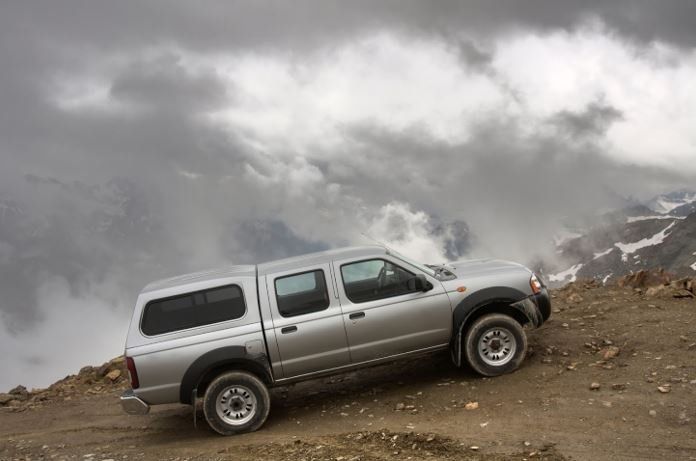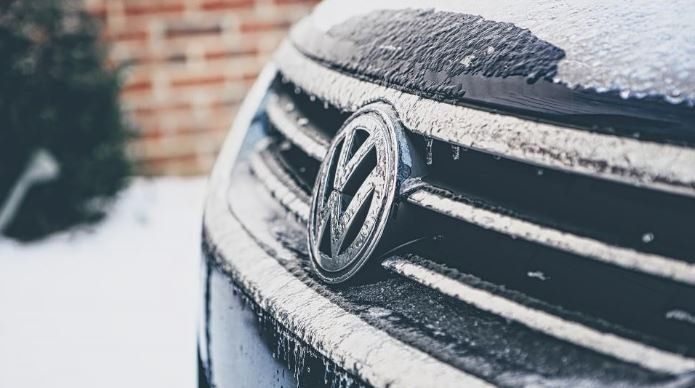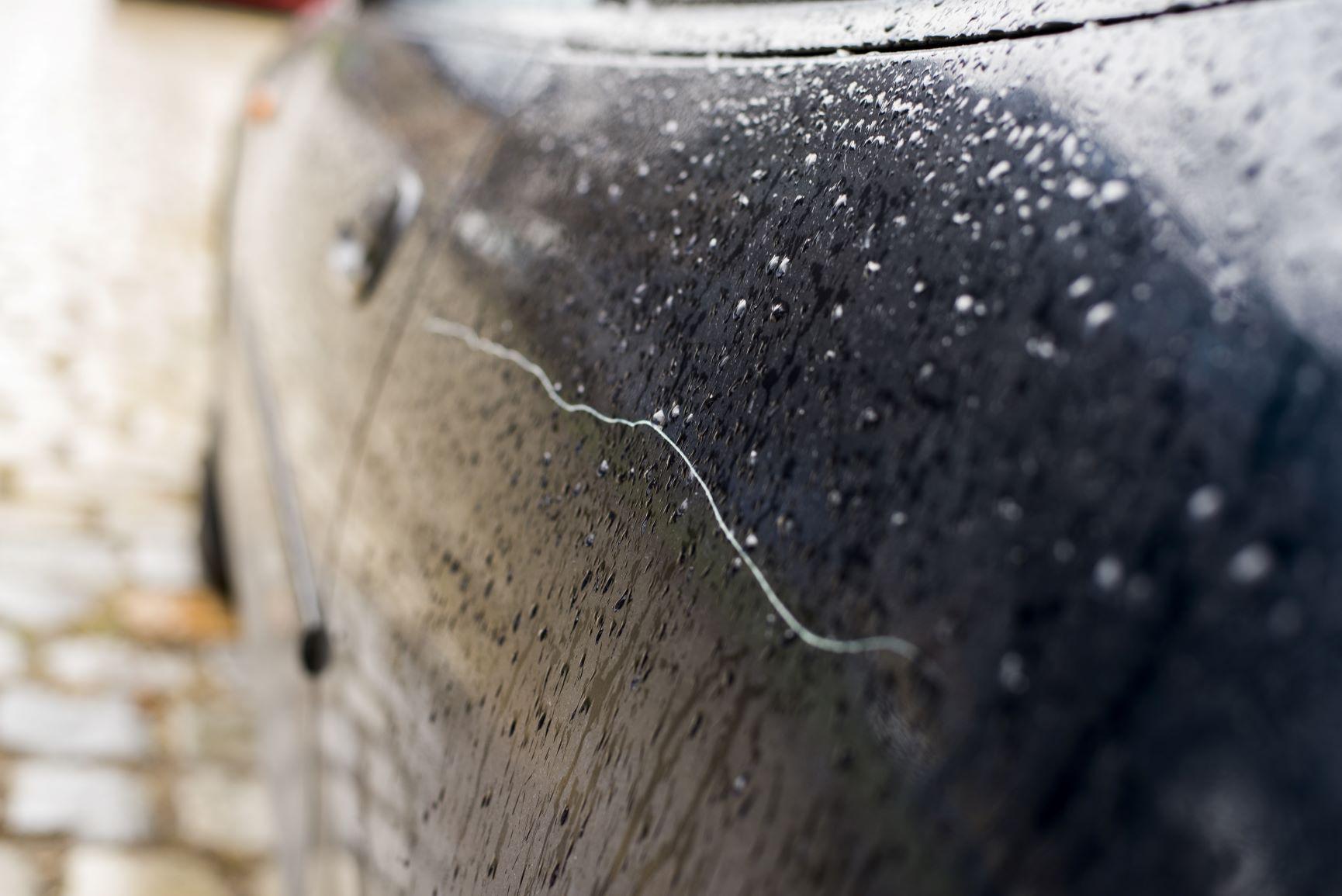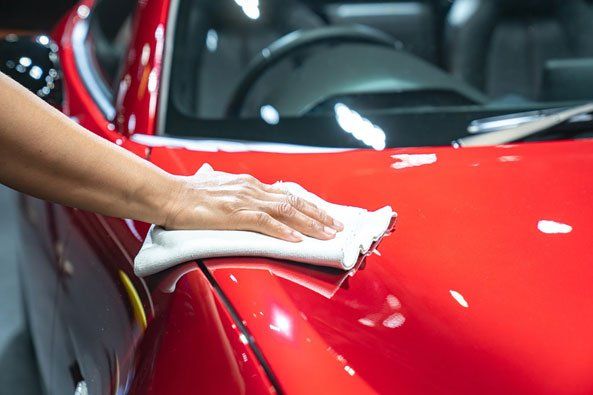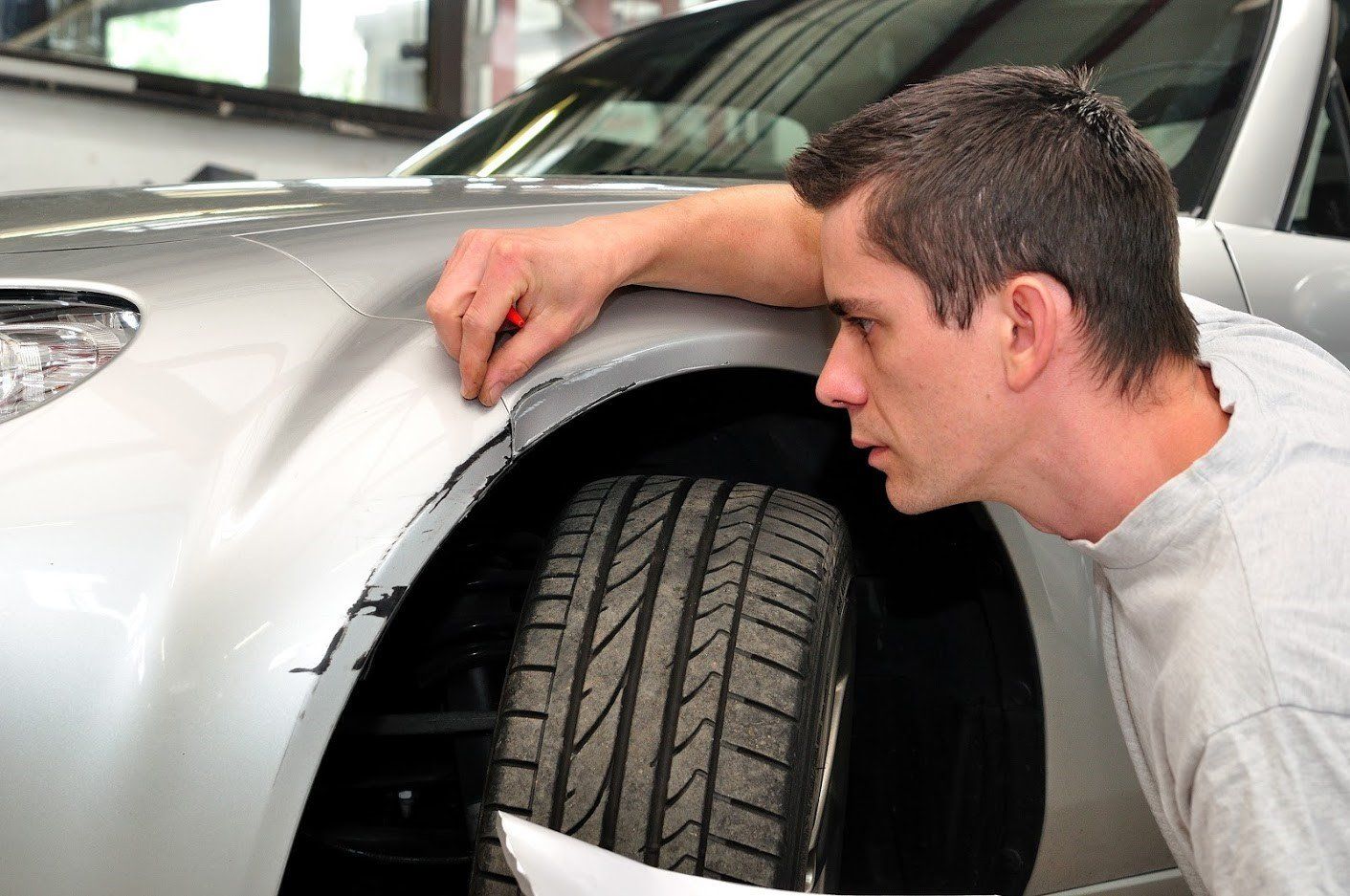Wrestling With Rust | Olson’s Auto Body
• April 18, 2018
Rust is a cancer to cars. It spreads easily, ruins the function of your car's exterior, causes structural issues, and drastically reduces your cars beauty and resale value. Sometimes, when people first notice rust spots beginning to form on their car, they don't do anything to fix them, only to see the rust get worse as the months pass by.
You should not assume that you can never repair a car that's started to show a bit of rust. Here's what you need to know about what causes rust and how it can be fixed before it goes too far.
CAUSES OF RUST
Many cars, even the most modern models, still depend on steel components for the exterior body. Some cars are composed of a combination of steel and aluminum. Steel is always susceptible to rust because it has a high iron content. In general, steel will rust in a moist environment when exposed to oxygen.
To help prevent rust, most modern cars have layers of protective paint and finishes to prevent moisture penetration and reduce oxidization. The main cause of surface rust is damage to the finish that exposes the steel. Dents, dings, and scratches allow the rusting process to begin, and it can quickly spread under the surface of a painted finish.
The simplest way to prevent rust is to take surface damage seriously. Have an auto body shop
do paint touchups to scratches and dings to reduce the risk of rust.
For scale rust and rust to the unprotected inner workings of your car, prevention is just not about paint and finishes. It's about good car care. Park your car in the garage to reduce moisture exposure, wash your car often to remove road salts that accelerate rust, and perform body inspections to replace anti-oxidation coatings on your undercarriage that have thinned over time.
REPAIR TECHNIQUES
Don't assume that you can't beat rust once it begins. But the sooner you take action, the better your chance of success. For simple surface rust, you might simply buff out the rusty areas and have it refinished with primer, epoxy, and the finishing paint. If your car has a custom paint finish, use an auto body shop for color matching.
For scale rust, the repair process is more challenging. Penetrative rust can actually cause holes to form in your car's body. Generally, the hole needs to be filed away, and then it will need be filled and shaped to match the rest of your car's exterior design. Then, the entire affected area needs to be sanded, primed, and refinished.
For rust that is affecting the structural safety of the car, repair becomes cost prohibitive, and replacing the structural components is usually the only option to save the car. This is usually worth it for antique or vintage car models that have intrinsic value, but it's not as feasible for a basic commuter car that could be replaced for less than the cost of the restoration work.
Keep in mind that not all cars with heavy scale rust can be saved. Even with patches and replacements, the crash safety of the car may be compromised. Only an experienced body shop can do this type of work, but it isn't advisable for all rust cases.
REPLACEMENT OPTIONS
Sometimes, it's simpler to replace panels that are affected with spreading surface rust, especially if you have a common car type.
For example, it's simple to find a new side passenger door for almost any year of Honda Civic or Ford Escape at a parts yard that is pristine and rust free. If the existing door has rust, you can switch it out for the new one. Take the door to an experienced auto body shop to match the color to the rest of your car.
Talk to the repair shop about available parts in your area. They can usually be acquired for low cost if they are second hand. Specialty cars might be harder to source parts for, but your shop can still order manufacturer replacements. For more information, contact us at Olson's Auto Body.

